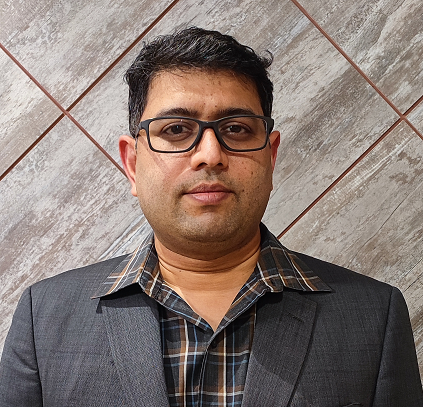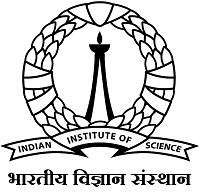


Kapil Bhattad received his B. Tech degree in Electrical Engineering from IIT Madras in 2002 and a Ph.D. degree in Electrical Engineering from Texas A&M University in 2007. He has been at Qualcomm Wireless R&D since then in San Diego from 2007 to 2011 and in Bangalore from 2011 onwards. He has contributed extensively to design, standardization, and commercialization of wireless communication technologies and chipsets covering 3G,4G,5G, IoT, and satellite communication systems. He has more than 250 patent applications in these areas. He currently leads a recently seeded ML for wireless team in India.
Abstract: The talk outlines the synergistic nature of 5G and AI -- two disruptive areas of innovations that can change the world. It illustrates the benefits of adopting AI for the advancements of 5G, as well as showcases the latest progress made by Qualcomm Technologies, Inc.

With over 20 years of Industry experience, Kiran Nanjunda Iyer is currently leading R&D efforts in the domain of Computer Vision & Machine learning. He is passionate towards building embedded Visual Understanding solutions for Samsung flagship products. He holds a Master’s degree in Signal Processing from NTU, Singapore. He has received multiple recognitions within Samsung for building successful AI based vision solutions right from Galaxy S9 until the more recent Galaxy S22. He also holds 10+ patents & international publications in the related area.
Abstract: Over the last two decades, we have observed a phenomenal growth in Mobile photography whose quality has come very close to the entry/mid-level DSLRs. This has been possible due to the continuous innovations in the lens optics, imaging sensor and the computing units. More importantly, we are now witnessing the next level of camera experience getting enabled by the AI Scene understanding technology. With scene understanding, these new generation of mobile devices are able to sense the world, understand and make appropriate decisions required for capturing the best quality photos. In this talk, we cover the various challenges involved in realizing the Scene Understanding technology on embedded devices and how it influences the future of photography in years to come.











